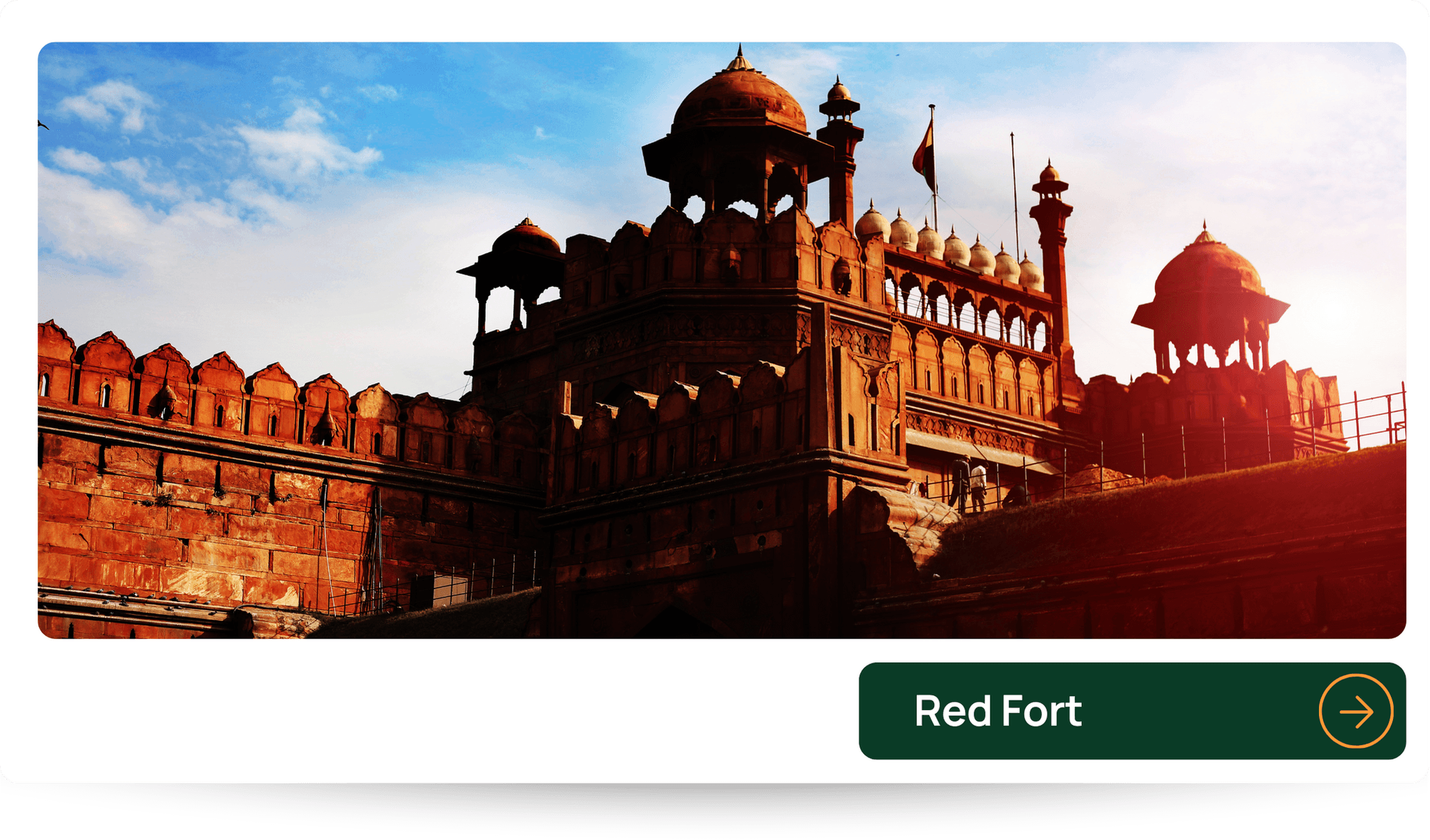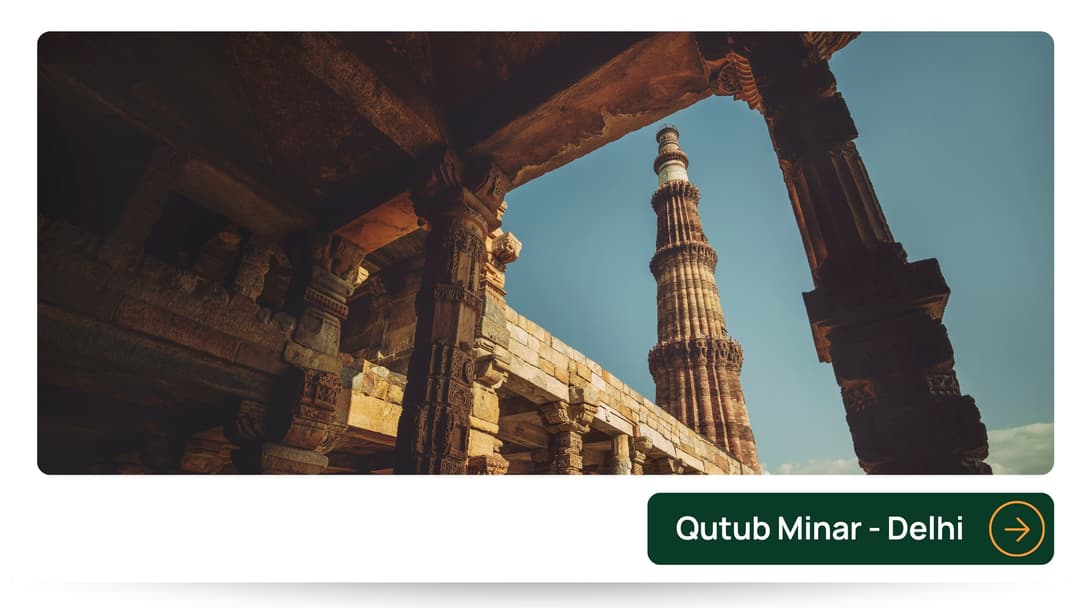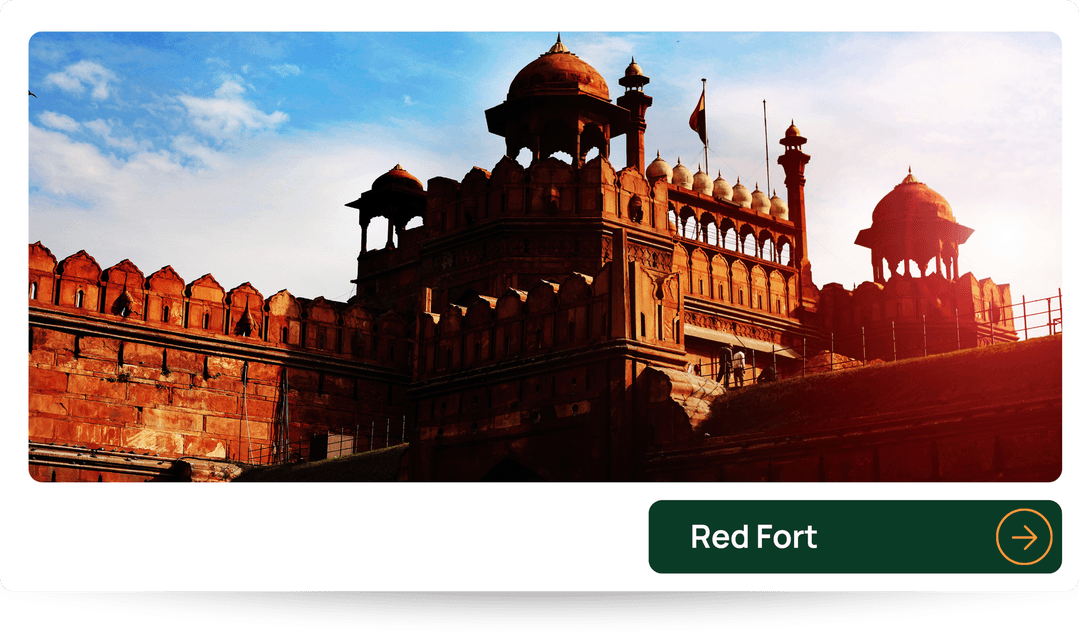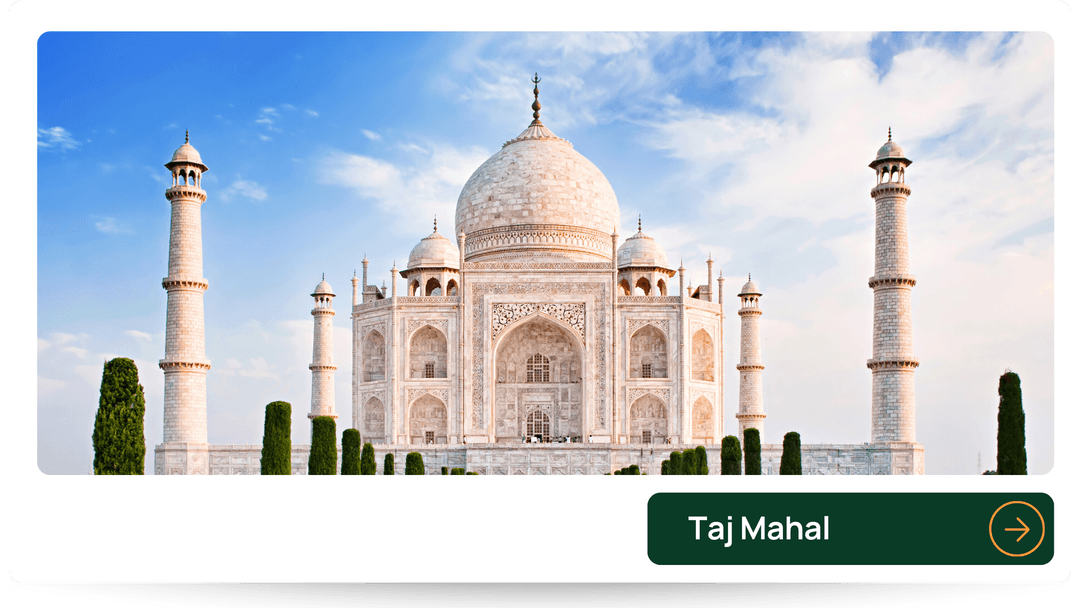The Red Fort in Delhi, India. Source: India-immi.org
Celebrated as the emblem of Mughal authority and magnificence, the Red Fort (Lal Qila) is not merely a fortress but a miniature royal city that preserves the heroic narratives of India’s past. This magnificent architectural landmark was commissioned by Emperor Shah Jahan after the completion of the world-renowned Taj Mahal, when he decided to shift his capital from Agra to Delhi in the mid-1600s.
Shah Jahan and the Zenith of Mughal Art
Image: Portrait of Emperor Shah Jahan, the fifth ruler of the Mughal dynasty.
The reign of Shah Jahan is regarded as the golden age of Mughal architecture and culture. Renowned for his refined aesthetic vision, he commissioned the Taj Mahal as an eternal mausoleum for his beloved wife. Under his patronage, art, architecture, and urban design reached new heights, with the Red Fort standing as a prime manifestation of this legacy.
Monumental Architecture and Strategic Location
The name Red Fort derives from its massive sandstone walls, extending 2.41 km in length. Designed by master architects Ustad Hamid and Ustad Ahmed, the fort adopts an irregular octagonal shape and was once encircled by a wide moat. During Shah Jahan’s time, the Yamuna River flowed beside the fort, creating a spectacular setting and supplying water to the moat.
The Red Fort has two principal gates: the Lahore Gate and the Delhi Gate.
-
Lahore Gate, the main entrance, features a three-story sandstone structure flanked by semi-octagonal bastions. It was further fortified by a 10.5m high barbican built by Emperor Aurangzeb. Symbolically facing the city of Lahore (now in Pakistan), this gate remains a national icon, where India’s Prime Minister hoists the flag and delivers the Independence Day address annually. Beyond it lies the Chatta Chowk, a covered bazaar.
-
Delhi Gate, situated on the southern side, was traditionally used for ceremonial processions by Mughal emperors. It is not generally open to the public.
Image: Lahore Gate, Red Fort, India. Source: INTACH, Delhi Chapter
The Inner Palatial Complex
Inside the Red Fort lies an ensemble of splendid palaces and structures reflecting the Mughal court’s wealth and refined taste. Although many buildings were destroyed following the uprising of 1857 during British occupation, the surviving monuments still evoke its original grandeur:
-
Diwan-e-Aam (Hall of Public Audience): The emperor addressed the public here. It was once richly decorated with gilded ceilings, golden pillars, and railings of gold and silver.
Hình ảnh: Diwan-e-Aam, Red Fort. Nguồn: INTACH, Chi nhánh Delhi
-
Diwan-e-Khaas (Hall of Private Audience): The most exquisite palace within the fort, reserved for confidential meetings between the emperor and his closest courtiers.
-
Rang Mahal (Palace of Colours): Part of the royal harem, known for its vibrant design and accommodation of royal women.
Source: Archaeological Survey of India
-
Mumtaz Mahal: Once a royal residence, now transformed into an Archaeological Museum housing Mughal artefacts, including royal decrees (farmaans) and manuscripts.
Image: Mumtaz Mahal, Red Fort, 1639/1648, From the collection of : Indian National Trust For Art and Cultural Heritage (INTACH), Delhi Chapter
Distinctive Architectural and Cultural Features
Beyond its principal palaces, the Red Fort also contains unique structures:
-
Chhatta Chowk: A bustling market situated just inside the Lahore Gate, offering handicrafts and souvenirs.
-
Naubat Khana (Drum House): Once a gallery for musical instruments and the main gateway to the Diwan-e-Aam. It was also called Hathi Pol (Elephant Gate), as visitors dismounted from elephants and horses here before entering.
-
Hammam: The emperor’s private bathhouse, where he often discussed state matters with trusted advisors.
-
Sawan and Bhadon Pavilions: Named after the Hindu monsoon months, these pavilions featured cascading water channels and arched niches, illuminated at night with lamps and adorned with flowers during the day, creating a magical ambience.
Historical and Contemporary Significance
For nearly 200 years, the Red Fort served as the imperial capital of the Mughal Empire. Today, it has been transformed into a symbol of Indian independence and resilience. Every year on National Day, the Prime Minister addresses the nation from its ramparts, reinforcing its role as a living monument of modern Indian identity.
The Red Fort is not only an architectural masterpiece but also a tangible witness to one of India’s most glorious epochs. It stands as an unmissable destination, where every wall and stone narrates stories of power, splendour, and cultural brilliance.
Need help with your Indian eVisa in 24 hours?
If you need expert assistance to review your documents and ensure accurate information when applying for an Indian eVisa, contact India-Immi.org. Our professional team will support you from preparation until you set foot in India.











